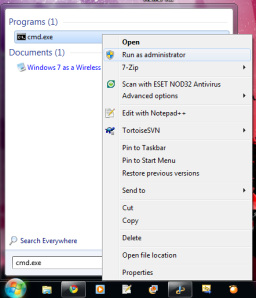This is quick tip, howto downgrade packages using YUM (example) on Fedora, CentOS, Red Hat (RHEL). This works simply with yum downgrade command and is very usefull when package(s) downgrade is needed some reason.
YUM Downgrade Basic Usage
Downgrade is very straightforward when package have not any dependencies, which affect the downgrade.
YUM Downgrade Single Package
[root@legion ~]#yum downgrade package [root@legion ~]#yum downgrade thunderbird Setting up Downgrade Process Loading mirror speeds from cached hostfile Resolving Dependencies --> Running transaction check ---> Package thunderbird.x86_64 0:17.0.3-1.el6.centos will be a downgrade ---> Package thunderbird.x86_64 0:17.0.3-2.el6.centos will be erased --> Finished Dependency Resolution Dependencies Resolved ================================================================================ Package Arch Version Repository Size ================================================================================ Downgrading: thunderbird x86_64 17.0.3-1.el6.centos updates 38 M Transaction Summary ================================================================================ Downgrade 1 Package(s) Total download size: 38 M Is this ok [y/N]: y Downloading Packages:
